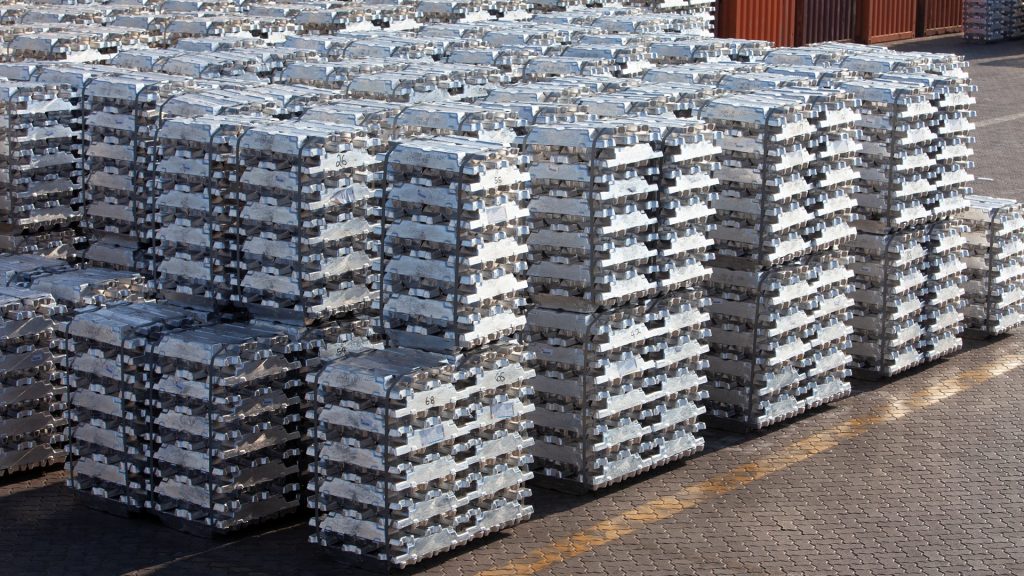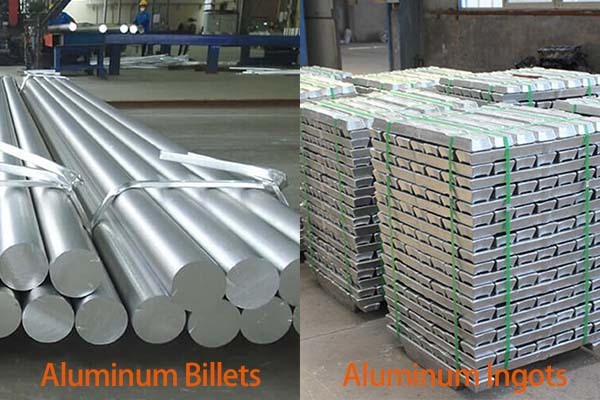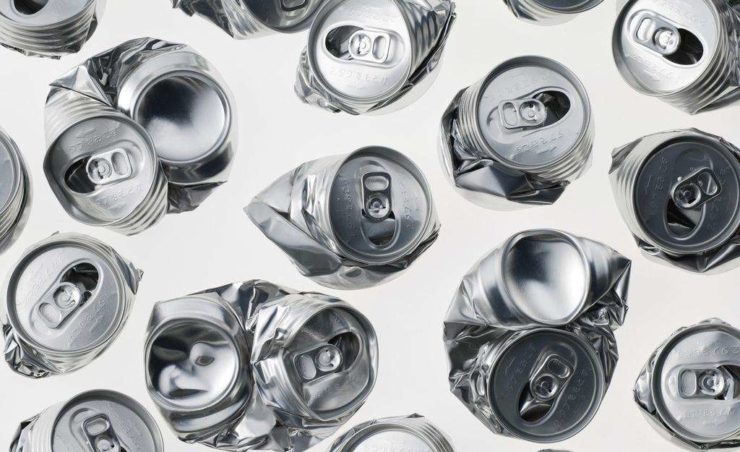
Comprehensive Guide to Producing Aluminum Ingots from Aluminum Scraps
Aluminum recycling is an essential industry that combines environmental sustainability with economic benefits. This process transforms aluminum scraps into high-quality ingots, ready for industrial and commercial use. Below is an in-depth exploration of the entire process, complete with technical details, benefits, and challenges.
1. Overview of Aluminum Recycling
Aluminum is one of the most recyclable materials, retaining its properties even after repeated recycling. Producing aluminum ingots from scrap reduces the environmental impact compared to mining and refining raw bauxite, the primary ore of aluminum. Recycling uses approximately 95% less energy than primary aluminum production.
Key statistics:
- Aluminum has an infinite recyclability cycle.
- Recycling saves 95% of the energy and reduces greenhouse gas emissions by up to 92% compared to new aluminum production.
- About 75% of all aluminum ever produced is still in use today.
2. Detailed Process for Producing Aluminum Ingots
2.1. Collection and Segregation of Aluminum Scraps
The process begins with collecting aluminum scraps from various sources:
- Post-consumer scraps: Beverage cans, packaging materials, and household items.
- Industrial scraps: Extrusions, turnings, and machining waste from manufacturing processes.
- End-of-life vehicles and electronics: A significant source of aluminum parts.

Once collected, segregation is critical to ensure only aluminum reaches the recycling stream. This involves manual sorting and using advanced technologies:
- Magnetic separators: Remove ferrous metals.
- Eddy current separators: Extract aluminum from mixed waste streams.
- X-ray or laser-based sorters: Detect and separate alloys or contaminants.
2.2. Pre-Treatment and Cleaning
The sorted aluminum scraps are cleaned to remove contaminants like paint, oil, dirt, and coatings. Pre-treatment techniques include:
- Mechanical Cleaning: Abrasive brushing and grinding to remove surface contaminants.
- Thermal Cleaning (Decoating): Heating the scraps to burn off organic materials, leaving clean aluminum behind.
- Chemical Cleaning: Immersion in chemical baths to dissolve stubborn impurities.
2.3. Shredding and Size Reduction
Shredding the cleaned aluminum into smaller pieces improves:
- Melting efficiency: Smaller pieces melt faster and more uniformly.
- Quality control: Shredding reduces the likelihood of large impurities persisting.
Shredders and granulators with precise controls ensure the aluminum is shredded to the desired size, typically less than 100mm in diameter.
2.4. Melting the Aluminum
The shredded aluminum is melted in specialized furnaces designed for energy efficiency and contamination control. Common furnace types include:
- Reverberatory Furnaces: Used for large-scale melting.
- Rotary Furnaces: Efficient for handling mixed aluminum scrap.
- Induction Furnaces: Ideal for precise alloy production with lower energy use.
During melting, additives like fluxes are introduced to:
- Remove impurities: Fluxes bind with non-metallic impurities, forming a slag layer that is skimmed off.
- Prevent oxidation: Covering the molten aluminum with a flux layer reduces exposure to oxygen.

2.5. Degassing and Filtration
Molten aluminum often contains dissolved gases, primarily hydrogen, which can cause porosity in the final ingots. Degassing eliminates these gases:
- Gas Injection: Argon or nitrogen is bubbled through the molten aluminum to carry away dissolved hydrogen.
- Rotary Degassing: A rotating impeller evenly distributes the inert gas for efficient degassing.
Filtration systems, including ceramic foam filters, remove solid inclusions and ensure high-purity molten aluminum.
2.6. Alloying (Optional)
Depending on the application, alloying elements like silicon, magnesium, zinc, or copper are added to the molten aluminum to create specific grades. This step ensures the final ingots meet industry standards for applications such as automotive, aerospace, or construction.
2.7. Casting into Ingots
Once the molten aluminum is refined and alloyed, it is cast into molds to form ingots. Casting techniques include:
- Static Casting: Molten aluminum is poured into fixed molds.
- Continuous Casting: Used for large-scale production, where molten aluminum is poured into a moving mold system for continuous solidification.
2.8. Cooling and Solidification
The molten aluminum in molds is allowed to cool and solidify. Accelerated cooling methods, such as water or air quenching, improve productivity while ensuring uniform ingot properties. Once cooled, the ingots are removed from molds and prepared for inspection.
2.9. Quality Control and Inspection
Quality assurance is critical to ensure the ingots meet required standards. Inspection involves:
- Visual Checks: Detecting surface defects like cracks or inclusions.
- Chemical Analysis: Verifying alloy composition using spectrometers.
- Mechanical Testing: Assessing strength, hardness, and ductility.
2.10. Packaging and Storage
The inspected ingots are packaged and stored to maintain their purity. Proper packaging prevents oxidation, contamination, and physical damage during transportation or storage.

3. Challenges in Aluminum Recycling
While aluminum recycling is highly beneficial, it comes with challenges:
- Contamination: Mixed metals and coatings can degrade the quality of recycled aluminum.
- Energy Costs: Although lower than primary production, melting and processing still require significant energy.
- Market Volatility: Prices of aluminum scraps and ingots fluctuate with global market conditions.
4. Applications of Recycled Aluminum Ingots
Recycled aluminum ingots are versatile and used in various industries:
- Automotive: Engine blocks, body panels, and structural components.
- Aerospace: Lightweight alloys for aircraft parts.
- Construction: Windows, doors, and roofing materials.
- Consumer Goods: Packaging, cookware, and electronics.
5. Environmental and Economic Benefits
- Energy Efficiency: Recycling uses only 5% of the energy required for primary production.
- Reduced Carbon Footprint: Lower energy consumption means fewer greenhouse gas emissions.
- Resource Conservation: Minimizes reliance on raw bauxite mining.
- Economic Opportunity: Creates jobs and supports local economies in the recycling sector.

Conclusion
Recycling aluminum scraps into ingots is a sustainable, economically viable process that benefits industries and the environment. By following advanced recycling methods, industries can produce high-quality aluminum ingots that meet diverse application requirements while minimizing ecological impact.




Recent Comments